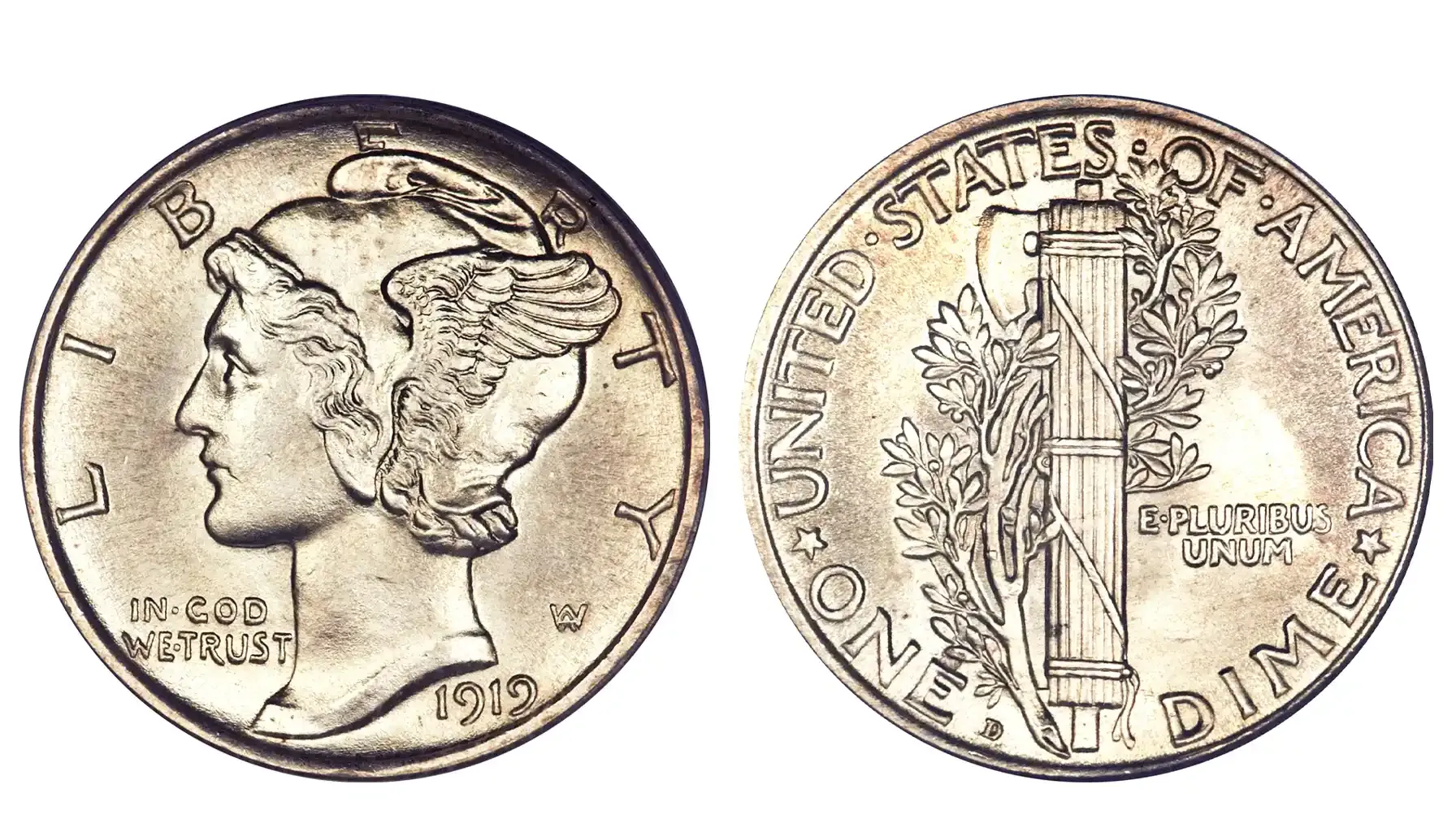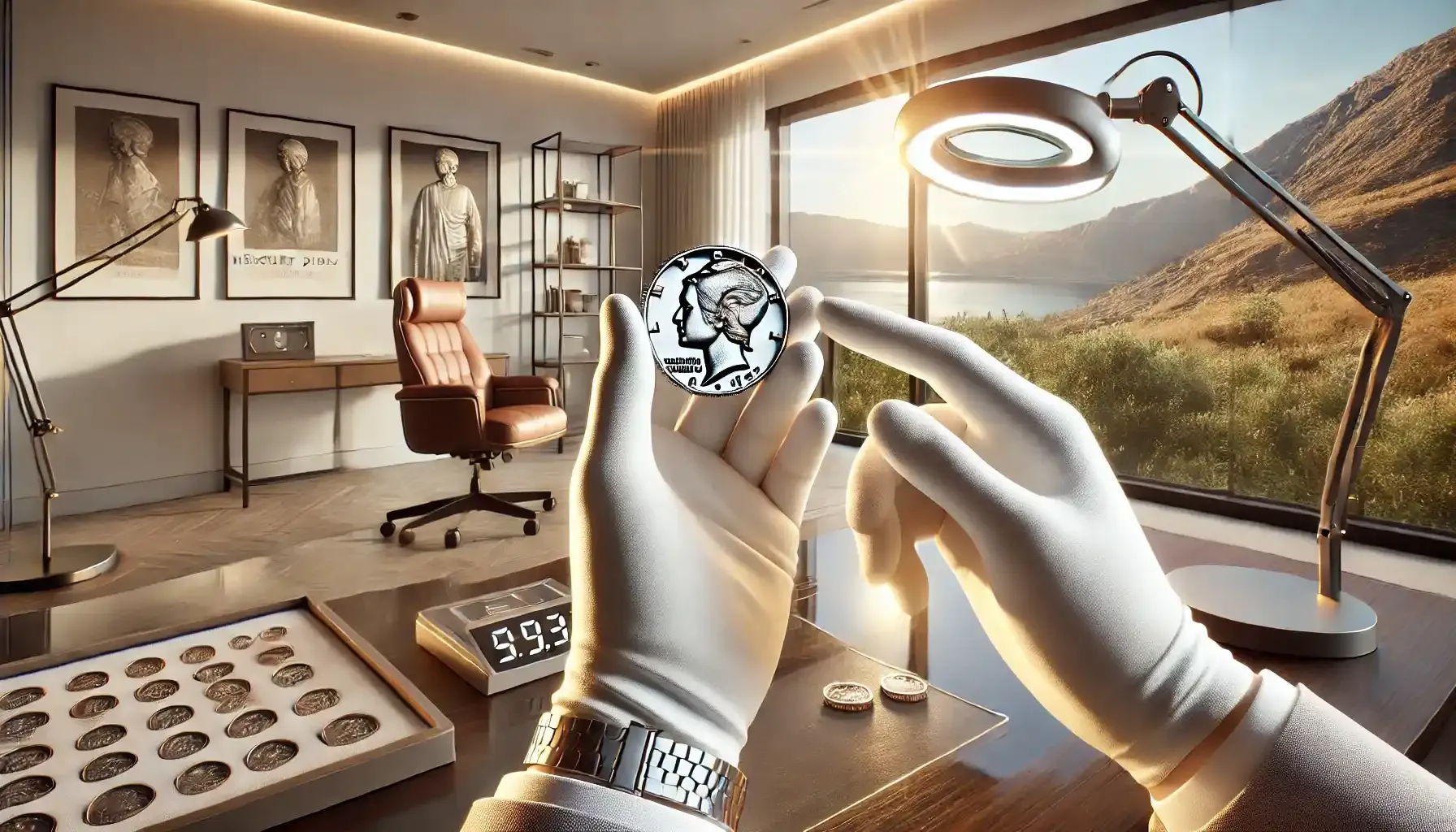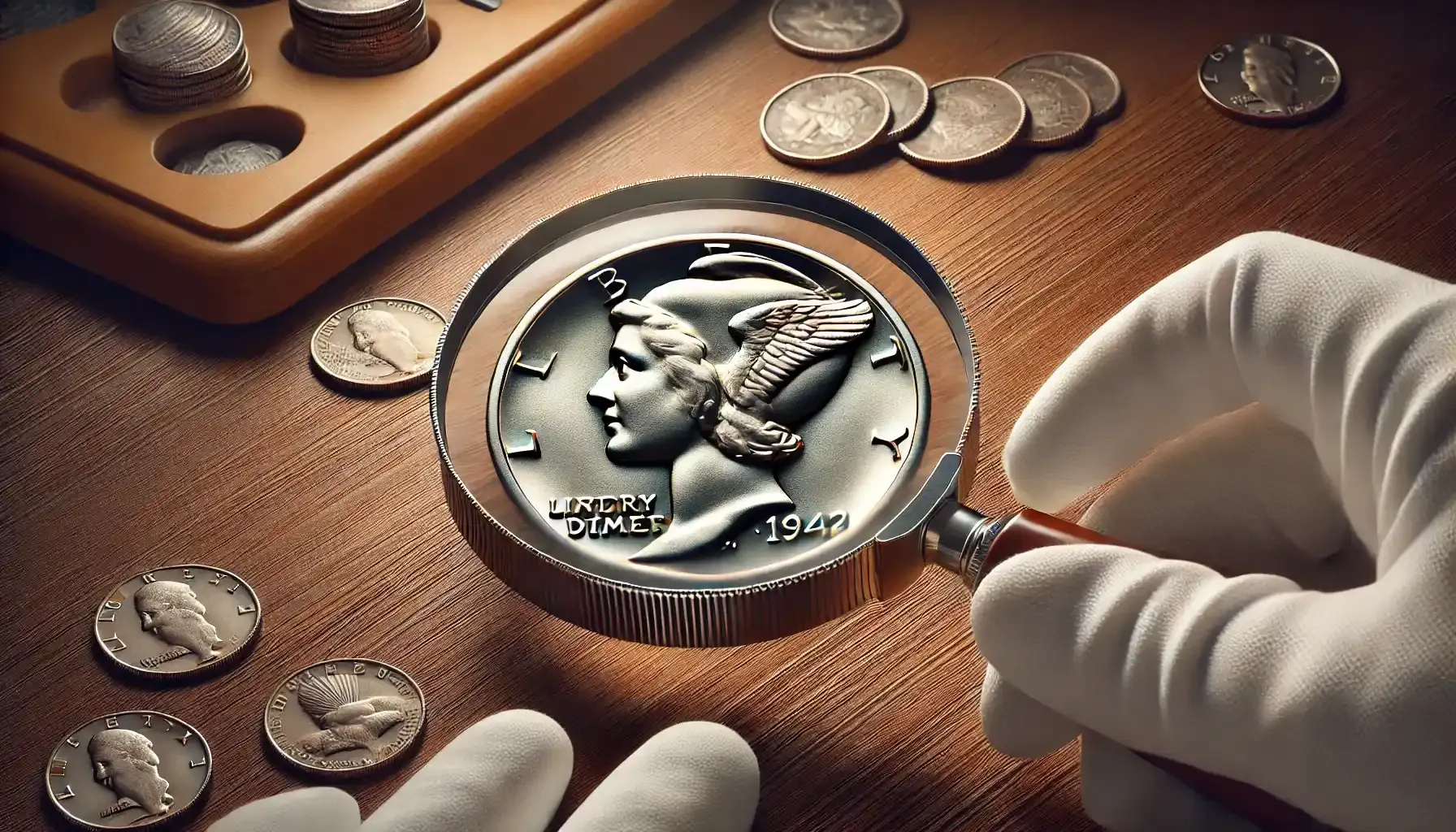Contents:
In the midst of World War II, when nations were mired in conflict and uncertainty, there appeared tiny artifacts that were meant to represent this devastating period of time. In 1942, the US Mint finally released a coin that could have been a symbol of hope during the rage of war. Here, we are going to discuss the 1942 Liberty Dime.
What does the mercury dime 1942 look like? What was the story behind the origin of its prominent design, and how could one check coin value when in doubt? The intricacies of the numismatic history hide many riddles to solve, and the unique nature of this instance should not be missed either way.

Firstly, Historical Backdrop
1942 was an important year for the whole world (not only for the United States for sure). Remaining still in shock after the December 1941 attack on Pearl Harbor, the US had formally joined the Second World War leading the country to the mobilized, war-effective regimen. Hence it was vital to regulate the use and production of materials essential for military purposes.
For the majority of today's actors present in the trading arena, coins are like objects of the past. Indeed, during that time, there dominated the Mercury Dime, a coin that had been in use since 1916. Given that it was composed of silver, the coin was considered valuable as both money and a symbol of the country's ingenuity.

The wartime economy depended heavily on the silver used in coins (just like any economy relies on a number of factors including the presence of precious metals and their values). Nevertheless, the government decided that they widely utilize precious metals in the war effort and industrial goods production. As a result, this elevated the 1942 mercury dime value, just as the 1943 bronze penny one, for its silver content became a useful and symbolic part of the time.
The Origins of the Design
The Mercury Dime, alternatively known as the Winged Liberty Head Dime, was designed by Adolph A. Weinman, a well-known medalist and sculptor of the early 20th century. As part of a larger initiative to update the US currency, Weinman's design was selected to replace the Barber Dime, which had been in circulation since 1892.
Generally speaking, the design of the 1942 Silver Dime presents a fine profile of Lady Liberty, i.e., a young woman wearing a winged cap. This image can often be confused with the Roman deity Mercury, which is how the coin got its well-known name.

The coin's reverse is just as symbolic, as it features a fasces, i.e., a bundle of rods tied around an axe, and an olive branch around it. The meaning of this depiction is rather obvious. This motif refers to peace and diplomacy represented by the olive branch with strength and unity represented by the fasces. When taken as a whole, these components reflect the dual nature of the country and its goals during a period of impending conflict in particular.
The Main Features of the 1942 Dime
The 1942 Mercury Dime is a perfect example of what artistry and functionality together mean. To be more precise, the physical attributes of the coin and design were carefully crafted to ensure both reliability and aesthetic appeal, which is why the 1942 dime value is significantly higher in comparison with other objects. Below is the table of the most critical characteristics of this coin which might potentially serve as indicators of authenticity.
The Main Traits of the Liberty Dime 1942 | |
Year of Issue | 1942 |
Designer | Adolph A. Weinman |
Composition | 90% silver, 10% copper |
Weight | 2.50 grams |
Diameter | 17.91 mm |
Thickness | 1.35 mm |
Mintmarks | None in Philadelphia, “D” in Denver, and “S” in San Francisco |
Edge | Reeded |
As usual, the coin was produced at three main mints, i.e., San Francisco (with the "S" mint mark), Denver (D), and Philadelphia (no mintmark at all). Each site manufactured coins with the same design, yet each type may be identified by the mintmark that appears on the reverse, to the left, beneath the fasces.
Production Figures and Variants to Know
The 1942 Mercury Dime is a well-known and collectible coin, in part because of its distinctive mistake varieties that have gained value among numismatists, as well as its comparatively high mintage. Let us first take a look at how many pieces were released and distributed.
Mint Location | Mintage | Mintmark |
Philadelphia | 205,410,000 | None |
Philadelphia (Proof) | 22,329 | None |
Denver | 60,740,000 | "D" (on the reverse, to the right of the fasces) |
San Francisco | 49,300,000 | "S" (same location as Denver) |
As for its variants, the most notable definitely refers to the 1942/41 overdate error, which actually occurred at both the Philadelphia and Denver Mints. Because of an error that might have occurred during the die preparation process, a die that was dated 1941 was repunched with the 1942 date. This anomaly is overly valuable and may command higher prices, which we are to discuss further.
How Much is a 1942 Dime Worth?
The value of 1942 dime is usually determined by a few factors, e.g., its condition, mintmark, aesthetic appeal, silver content, and the presence of widely recognized errors not to mention. That is the rule that collectors are willing to pay high prices for rare and well-preserved instances, and the more they want, the faster it grows in price.
Coin Type | Value |
1942 No Mintmark (Philadelphia) | $2.50–$35.00 |
1942-D (Denver) | $2.50–$40.00 |
1942-S (San Francisco) | $2.50–$40.00 |
1942 Proof | $125.00–$175.00 |
1942/41 (Philadelphia) | $400–$30,000 |
1942/41-D (Denver) | $450–$40,000 |
Note: A standard 1942 Mercury Dime is an affordable way for new collectors to enter the numismatic sphere and obtain an eternal relic that does and will transmit its history of the past anytime.
Quick Identification Rules for Those Who Hunt
Leverage Modern Tools
The easiest way to identify the 1942 Liberty head dime is to employ additional digital tools like Coin ID Scanner. Coin ID Scanner is a smartphone software that analyzes a coin's appearance, characteristics, and state with the use of artificial intelligence and image recognition to deliver the most relevant information possible. Besides, this may help one store and manage their collection in one digital space.

Measure Weight, Diameter, and Coin Edges for Quick Confirmation
Examine a coin's physical characteristics to be sure it is a genuine 1942 Mercury Dime. You are always free to weigh a coin and capture its diameter. For precise measurements, use calipers and a digital scale, as well as other coin collecting supplies. Also, remember that these numismatic units feature a reeded (grooved) pattern on the edges. If the edges appear smooth or uneven, the coin may have been damaged or counterfeited.
Know the Market Basics
Finally, it is essential to have a general understanding of the worth of typical 1942 dimes. Uncirculated coins or ones with a lot of visual appeal can sell for much more than the majority of circulated versions, which are only worth a few dollars. Real-time updates can be obtained via tools like online price guides, coin-collecting applications, and auction results (e.g., eBay, Heritage Auctions).
The 1942 Mercury Dime is an everlasting representation of the value and history of its origin. Staying aware of its distinctive qualities, design history, and selling price is to enhance your appreciation, irrespective of your level of experience and involvement, too. Should you wish to make your hunt more effective and fruitful, it is reasonable to be equipped with information on types, production facts, and modern tools to employ. Anyway, have fun collecting!



